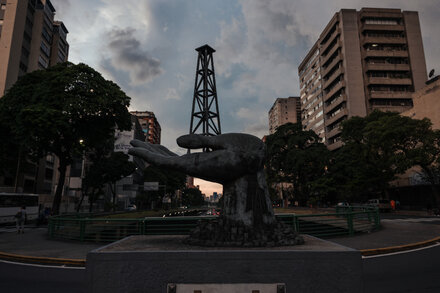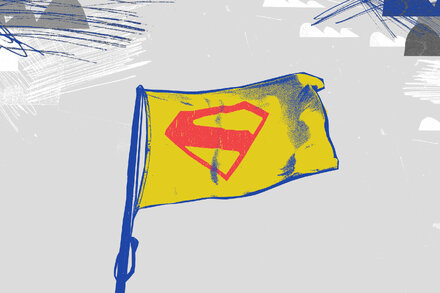The Fujiwhara effect, a rare meteorological phenomenon, describes the intricate interaction between two nearby tropical cyclones that causes them to orbit a common center. Named after Japanese meteorologist Sakuhei Fujiwhara, who first described it in 1921, this atmospheric “dance” can lead to unpredictable changes in storm trajectories and intensities, posing unique challenges for weather forecasters.
Understanding the Mechanism
The effect typically occurs when two cyclonic systems, such as hurricanes or tropical storms, are in close proximity, generally within 1,400 kilometers (approximately 870 miles) of each other. At this range, their individual circulations begin to influence one another, causing them to rotate around a midpoint between them. The outcome of this interaction depends on several factors, including the storms’ sizes, intensities, and initial separation distance.
In scenarios where both storms are of comparable strength, they may engage in an extended orbital dance, with their paths becoming highly erratic. If one storm is significantly weaker or smaller than the other, it can be absorbed by the stronger vortex, effectively merging into a single, larger system. Alternatively, the interaction can disrupt one or both storms, leading to their weakening or dissipation. This complex interplay of atmospheric forces makes the Fujiwhara effect a fascinating but challenging subject for atmospheric scientists.
“The Fujiwhara effect introduces a significant layer of complexity for forecasters,” explains Dr. Elena Rodriguez, a senior meteorologist at the National Hurricane Center. “When two systems begin to interact, their individual steering currents become intertwined, making long-range trajectory predictions particularly challenging. We might see storms slow down, accelerate, or even execute erratic loops that are difficult to model accurately.”
Implications for Forecasting
While tropical cyclones are common, the specific conditions required for a pronounced Fujiwhara effect are less frequent, especially involving two powerful hurricanes. When it does occur, it significantly complicates the task of predicting storm tracks and potential landfalls. The orbital motion can cause storms to stall, speed up, or take unexpected turns, making it difficult for communities in their paths to prepare. Meteorologists rely on advanced numerical weather prediction models and satellite observations to monitor such interactions, constantly refining their forecasts as new data becomes available.
The rare occurrence of the Fujiwhara effect serves as a reminder of the dynamic and sometimes unpredictable nature of the Earth’s atmosphere, highlighting the continuous need for sophisticated meteorological research and monitoring to safeguard life and property.
Source: Read the original article here.




